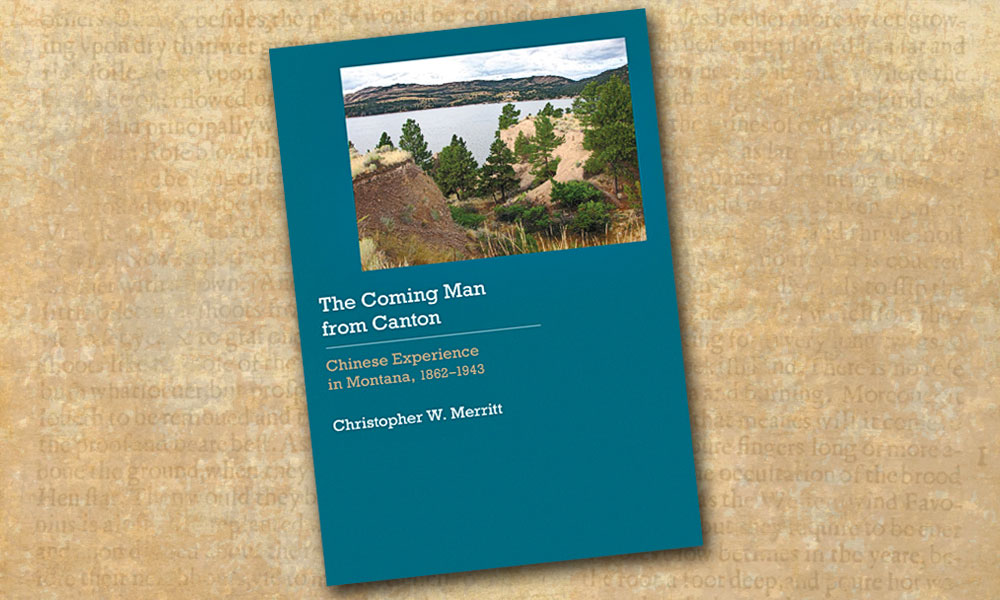The Mississippi River steamboat lines feted passengers with gourmet menus while ferrying them up and down the great riverway.
Dining options on the frontier included all the usual places like restaurants, hotels, around a campfire and other traditional locales. However, dining on moving transportation like riverboats was a different experience. Before the transcontinental railroad was completed in 1869, people traversed the rivers and waterways to head west and visit various locations.

Mark Twain worked his way up to pilot a Mississippi River boat he dubbed, an “ancient tub.” He recalled a trip to St. Louis on the Paul Jones: “She was not a creature to attract the eye of wiser travelers.” While working as an upstream steersman they pulled into St. Louis where a large New Orleans boat was docked. He and his chief went aboard and Twain was impressed, “She was a grand affair. I wondered how I could have ever considered the little Paul Jones a large craft.” He went on to say that white-aproned “Texas tenders” brought up tarts, ices and coffees during the mid-watch, day and night to the pilot house.
He wrote, “She was as clean and as dainty as a drawing room; when I looked down her long, gilded saloon, it was like gazing through a splendid tunnel. The bar was marvelous and the bar keeper had been barbered and upholstered at incredible cost.”
Cookhouses were the boats’ kitchens, the center of social life and the source for all the news on the boat. Rumors were branded, “cookhouse talk,” which meant something was about to happen. An old custom of steamboat men having coffee promptly at 4 o’clock, that started on ocean vessels, continued on the Mississippi River boats. The captains were often heard asking, “Have you had your coffee?” Steamboat coffee was different than the coffee served on land; it was taken black because it wasn’t practical to carry cows on board. They drank it from great ironstone cups, which held about a quart, and they said it helped keep malaria away.

Menus on these great ships included items often found in restaurants and hotels. An 1866 dinner menu from the steamer St. Charles included over 100 items from soup to nuts. Some of the offerings were oyster soup, salmon a’ la Victoria, haddock à la royal, boiled sugar-cured ham and leg of mutton, roasted ribs of beef, venison, turkey, chicken, pork and veal. Cold dishes included duck, chicken, sardine, lobster, oyster and ham à la St. Charles salads. Passengers chose from 17 hot side dishes, some of which were, breast of lamb, macaroni with cream, sweet breads, giblets, flank steak, rabbit, pork and kraut, German-style. Desserts included coconut, mince, lemon, peach and blackberry pies, jelly, caraway, fruit and lady cakes, ice cream and a variety of candies.
Many of the chefs who ran frontier kitchens had worked on riverboats. Alvin Snow Young was one of them and was hired as a chef by Aristotle Petro, who owned the Occidental Chop House in Tombstone, Arizona. Young was an experienced Mississippi River steamboat cook, which, according to The Epitaph, was sufficient guarantee of his culinary skills. This is one of the many pastries served on these ships.
Blackberry Pie
1 ½ cups flour
1 cup butter, cut into pieces
½-cup water, 2 to 3 cups blackberries
2 to 3 tablespoons sugar
Rub the butter into the flour, then add the sugar and the water. Mix well until the dough comes together. Roll it out and fold it over; do this three times. Divide the dough in half and chill for 1 hour.
Roll out the dough for a bottom and
top crust to about ¼-inch.
Place crust in the pie pan and place the berries on it and sprinkle with sugar. Cover with the second crust and press a fork around the edges to seal and make a pattern. Sprinkle additional sugar over the top of the crust and bake at 375°F
for 25 to 30 minutes until golden.
Recipe adapted from the Alaska Yukon Pacific Exposition Souvenir Cookbook, 1909.






